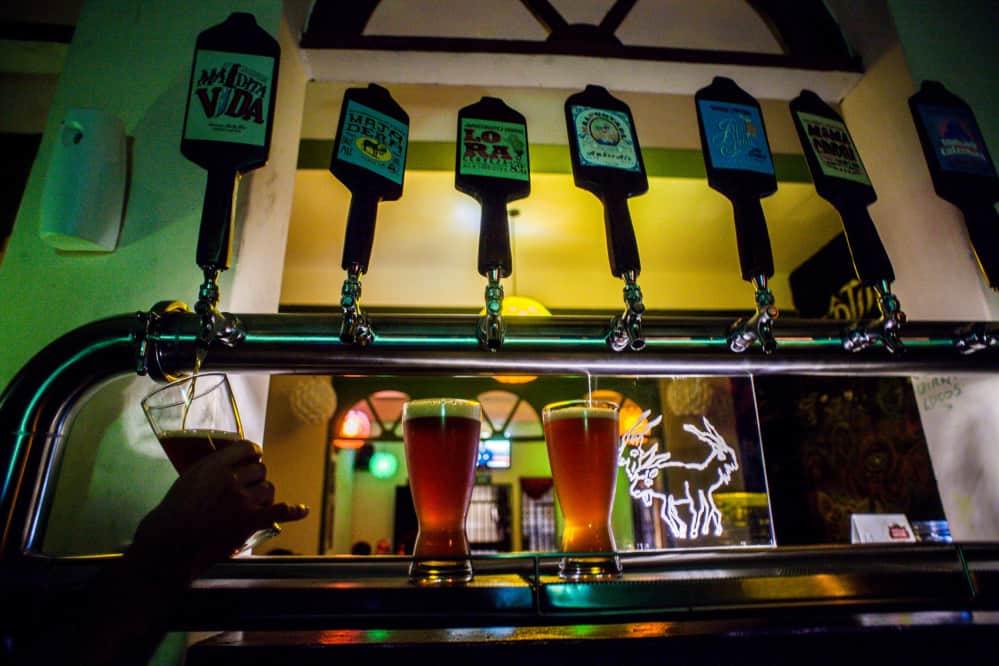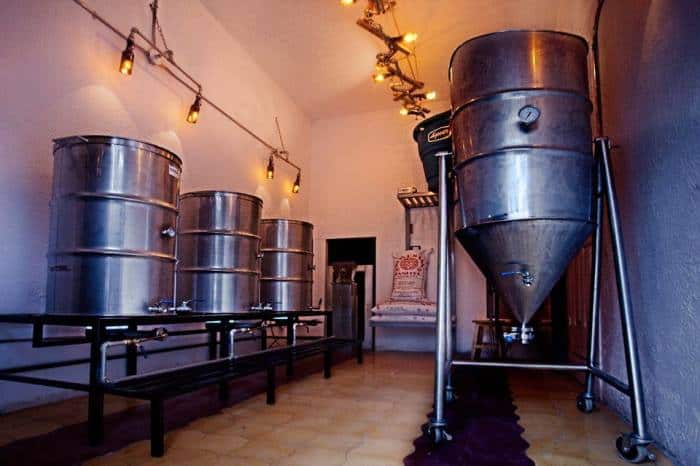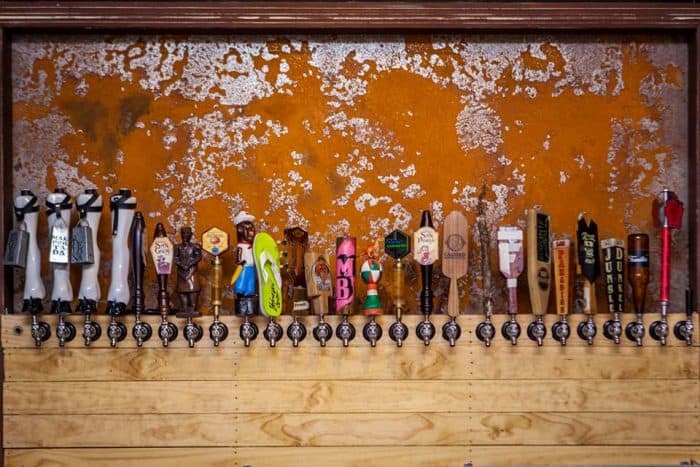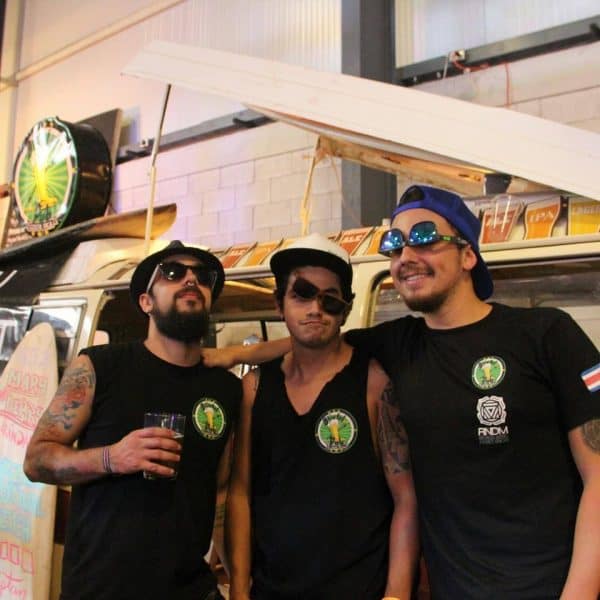
Some years ago I was walking past a cafe terrace in the Marais when I saw an
American cast his arms out wide and say to his companion: “This is the real
Paris.”
The terrace he was sitting on was by night generally populated by vaguely
glamorous young lesbian couples; on weekend mornings, when those couples were
presumably sleeping off their hangovers, the occupants were usually tourists,
like this gentleman.
His was an irrefutable statement: the neighbourhood he was gesturing about
was indeed in Paris, bedecked with all the familiar street furniture of the
French capital – the green cast-iron benches, drinking fountains and Morris
columns – and its upkeep was, and still is, the responsibility of the Ville de
Paris.
This fellow, however, might be a bit disappointed if he were to return to the
Marais now, which is in the process of being transformed into a high-end
open-air shopping centre, as longstanding gay bars and Jewish delis give way to
designer brands and the streets are pedestrianised on Sundays for the benefit of
strolling shoppers. Very soon there will be little left in the neighbourhood but
jeans stores and crêpe stands. But, like in many other parts of the developed
world, consumerism in Paris is the real Real.
Even so, tourists are often looking for a different real than local residents
are. When someone I know is in town it means I pay a trip to the sort of
traditional French bistro that I only go to occasionally these days; the
no-frills Asian restaurants I more usually frequent aren’t what foreign visitors
are looking for.
Some people ask me to direct them to non-touristy restaurants “off the beaten
track” even though there is not really any such thing these days in a major
world city like Paris. While some parts of town clearly cater more to tourists
than others, even far-flung formerly modest neighbourhoods are now on the radar
of the New York Times, the Guardian and Condé Nast Traveller.
You’re not really going to elude your fellow travelers anywhere in town. If
you really want to do that though, I would suggest going to see a film or a play
in unsubtitled French (which will be genuinely Parisian but most likely
thoroughly alienating too) or simply taking a bus, which is the last domain of
public space here untouched by tourists, who generally find the bus routes a bit
too difficult to navigate.
In an age of unprecedented foreign travel, tourists get quite a bad rap, not
least from tourists themselves. Of course, many high-minded people would scoff
at the notion that they are tourists, beholden to the same vulgar taste as the
travelling masses, even though, as we shall see, that hierarchy is not a very
convincing one.
Though the vast majority of tourists are reasonably well-behaved there are
some who clearly are not; some cities, such as Berlin and Barcelona, have tired
of tourism and started taking measures to mitigate its impact. Even the better
behaved tourists, by dint of the numbers they travel in, can have deleterious
effects, on both the environment (as in the case of Macchu Picchu) or on housing
for locals (the city of Paris is quite reasonably fearful that the Airbnb boom
is pricing ordinary Parisians out of the rental property market).
Even the atmosphere at football matches is said to suffer, as more and more
fans from distant shores attend big games. They might have plenty of enthusiasm
but they usually lack the intimacy with the club’s fanbase, including its chants
and traditions, and are more passive spectators. But few countries can afford to
turn their noses up at tourists, least of all those hit particularly hard by
recession in recent years, such as Ireland, Greece, Spain and Portugal.
Lisbon has witnessed an explosion of tourism in the past five or six years
and parts of the city central are as clogged with tourists as Venice or
Barcelona; some spaces are almost entirely the domain of transient foreigners
and though Lisboetes remain friendly and welcoming to tourists, grumbling has
begun at municipal level at the invasiveness of the phenomenon in residential
areas and the City Hall is expected to intervene to keep tourism
sustainable.
Further north in Porto, one of the city’s most celebrated bookshops has had
to change its entry policies to deal with the waves of tourists. Livraría
Lello’s regular appearance on listicles of “the most beautiful bookshops in the
world”has drawn huge numbers of visitors but most are more interested in
Instagramming the gothic wooden interior than in the books (most of which are in
Portuguese). These pictorial homages don’t put bread on the table so the
bookshop last week started charging non-paying customers a small fee to
enter.
One can imagine that they were also losing local custom, as Portuenses might
be unwilling to brave the masses to browse for books, especially as there are
plenty of other good bookshops in the city to go. Shakespeare and Company in
Paris – another stalwart of those same online picture galleries – hasn’t started
charging people to enter but it does regulate the number of people in the shop
at busy periods and signs ask visitors not to take photographs though these are
invariably ignored.
The rush to witness the “authentic” ultimately alters the reality, in a kind
of behaviourist butterfly effect. A couple of recent tourist phenomena in Paris
also bear this out. First there was the mania for planting lipstick kisses on
Oscar Wilde’s grave in Père Lachaise cemetery, something which, according to
Wilde’s grandson Merlin Holland, started only around the time of the biopic
starring Stephen Fry in the late Nineties.
Then there was the rage for attaching padlocks to the Pont des Arts (and
several other Paris bridges) as a supposed sign of everlasting love by young
couples. This started in around 2007 or 2008 and was soon dangerously weighing
down the bridge’s grilles. The city of Paris stepped in to remove the locks,
just as it and the Irish government had done to clean up Wilde’s grave, which
was in the process of being irreparably damaged by lipstick chemicals.
The lovelocks were largely reviled by the general public, though, oddly, the
damage done to Oscar’s resting place escaped such opprobrium, perhaps because of
its literary connections (the lovelocks, by contrast, appeared to have their
origin in an Italian teen novel). These different reactions encapsulate the
high-minded distinction between ‘tourist’ and ‘traveler’ that many people like
to maintain.
The traveler will try to absorb as much of the local flavour and atmosphere
as possible and will avoid the heaving masses (however impracticable this might
prove to be). They will heed sage advice from food blogs and travel guides, such
as not eating in restaurants that have menus in multiple languages (something
that might be a good rule of thumb in France, Spain or Italy but far less
pertinent in countries where more obscure languages are spoken).
They will wander off the beaten path in search of local color and adventure,
but not too much, as even the most enlightened of travelers will draw the line
at putting themselves in danger. Sometimes the fondness for the picturesque can
be delusional, even in developed countries.
The New York Times a couple of years back published a piece by an American
writer bemoaning the gentrification of the area of Paris south of Pigalle, which
he had lived in for a whole two years. The risible lack of self-consciousness
aside, what really jarred was the writer’s lament for the area’s rapidly
disappearing hostess bars. While they might seem romantic to a recently arrived
American, those places were in fact the very sort where people like him, having
wandered in the door out of curiosity, were promptly shaken down for a €500
bottle of champagne in exchange for a look at some female breasts.
There are many people who have no complexes about being tourists, nor
pretensions to being anything more. The hundreds of thousands who go on beach or
resort holidays are such. It’s easy to sneer at them but they are often
operating on a budget (particularly if they have families) and not everyone
should be expected to devote their hard-earned holidays to anthropological
observation and high culture.
Many Chinese visitors to Europe travel in tour groups that do whistle stop
tours across the continent, reminiscent of those of an earlier age among
Westerners. This is also understandable enough – few of them enjoy generous
annual holidays to stay longer, and many lack English to negotiate Europe on
their own.
GK Chesterton remarked in his characteristically concise way over a century
ago that, “the traveler sees what he sees, the tourist sees what he has come to
see”. You might argue though that the simple tourist, trusting their instinct
(or stomach) rather than the weekend travel supplements when dining, is as given
to serendipitous encounters as the confirmed traveler.
They are also just as prone to finding something in their destination
charming or ersatz. And the idea that a traveler or a tourist (let’s persist in
this distinction one last time) is capable of fully comprehending more than a
tiny fraction of what they experience while travelling is an illusory one.
The reality of any locale is constantly shifting, according to what is
introduced to it or withdrawn from it – the presence of visitors is no different
– and the best any visitor can hope to extract from a place is a distillate of
the environment and culture, helpfully mediated through their own language, or
at least one they can speak.
And, remember, to the locals, especially in countries that are less well off,
there will be no doubt as to your status as a visitor – for a Greek or
Portuguese person getting by on €700 a month, you are a tourist above all else,
your pretensions to greater awareness notwithstanding. That is about the
greatest measure of authenticity of the place you are visiting.












